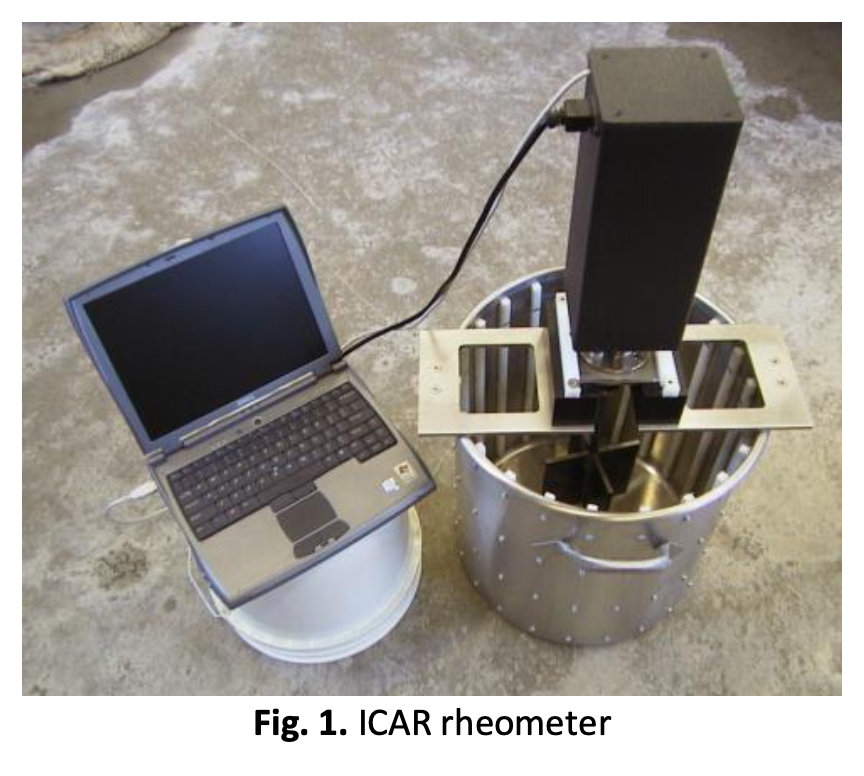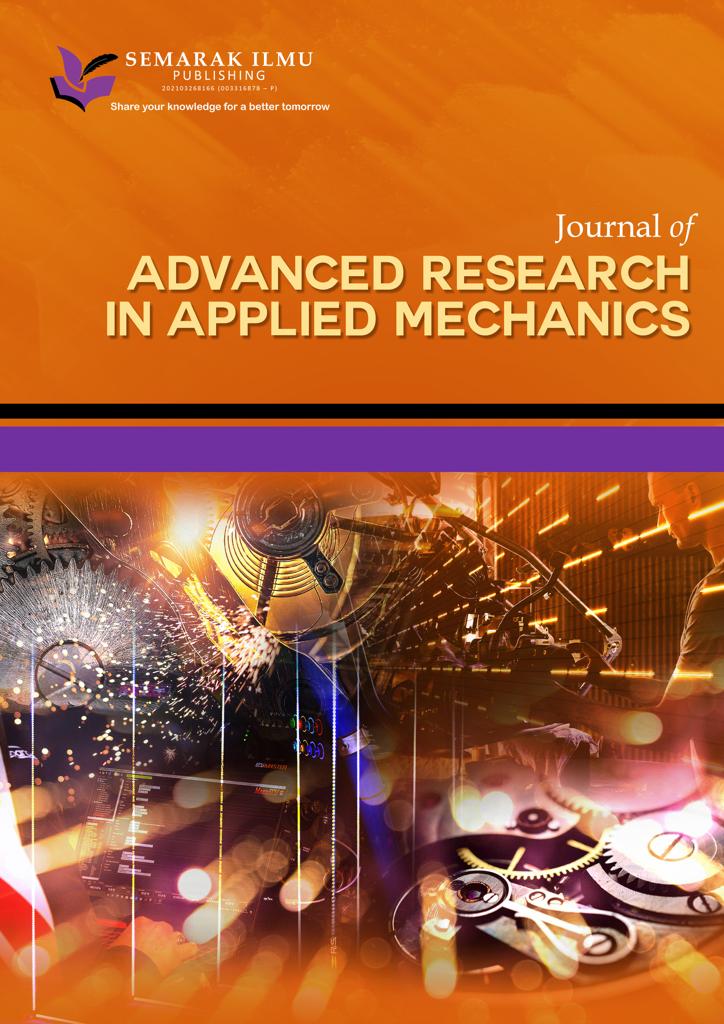Pipeline Transportation Characteristics of Different Cementing Materials in CPB Slurry
DOI:
https://doi.org/10.37934/arfmts.97.1.136148Keywords:
CPB slurry, fly ash, corn straw fly ash, rheology, CFD, transportation propertiesAbstract
Research on the underground filling mining of Cemented Paste Backfilling (CPB) slurry shows that it alleviates the underground subsidence and environmental problems caused by mining, making a strong contribution to the realization of green mining. To optimize performance, cost reductions, and the recycling of agricultural solid waste, some researchers have studied using volcanic fly ash (FA) to replace part of cement. Corn straw fly ash (CSFA) may be used to replace the same amount of part of cement or FA, as corn straw can improve the mechanical properties of FA to make the CPB slurry for filling goaf. On this basis, in order to ensure a good flow of the CPB slurry in the pipeline, we need to conduct pipeline tests on the slurry of these different cement materials to verify their feasibility. In this article, Fluent has been used to study the CPB slurry transport properties in the two cases mentioned above through numerical simulation. Comparing the velocity distribution and pressure loss changes of the CPB slurry with different proportions in the horizontal pipeline provides a reference for future CPB slurry research. The results show that: (1) FA forms a lubricating layer in the pipe wall due to its "ball effect", which effectively reduces the yield stress and pressure loss of the CPB slurry in the pipe, and plays a positive role in the transportation of CPB in the pipe; and (2) CSFA increases the CPB slurry transport pressure loss due to its irregular particle size, increasing the risk of pipe wear. The results are helpful for better understanding and designing paste filling material for mine.
Downloads



























